Neighborhood Information and Sightseeing MAP
Information on sightseeing in Suo Oshima and other areas of the Seto Inland Sea
We introduce information and sightseeing information around Setonoututu.
Our easily accessible location allows you to visit Suo Oshima as well as sightseeing spots such as Onomichi and Shimonoseki.
Neighborhood Information
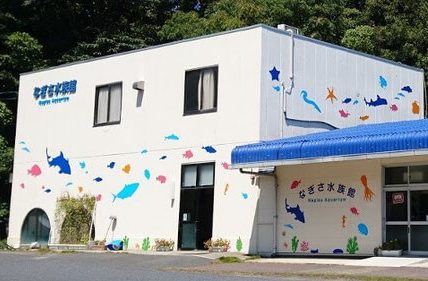
Nagisa Aquarium
This is an aquarium on Suo Oshima. A particularly popular spot is the touching pool, one of the largest indoor aquariums in Japan, where visitors can touch sea creatures directly.
Visitors can touch starfish and large hermit crabs in the tide pools in the touching pool area. There are also octopuses and sharks in the pools in the area, which are rarely touched. This is a fun experience for adults and children alike.
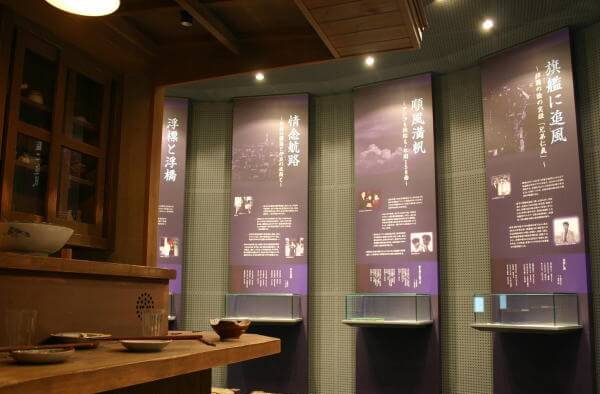
Tetsuro Hoshino Memorial Hall
The Tetsuro Hoshino Memorial Museum exhibits the works and materials of Tetsuro Hoshino, an honorary citizen of Suo Oshima and the composer of famous songs such as "Otoko wa Tsuraiyo. The museum is divided into five zones: Hoshino Theater, Hoshino Workshop, Hoshino Uta Shukuba, Hoshino Exhibition, and Hoshino Movie Theater, where visitors can experience Hoshino's world through seeing, hearing, and singing.
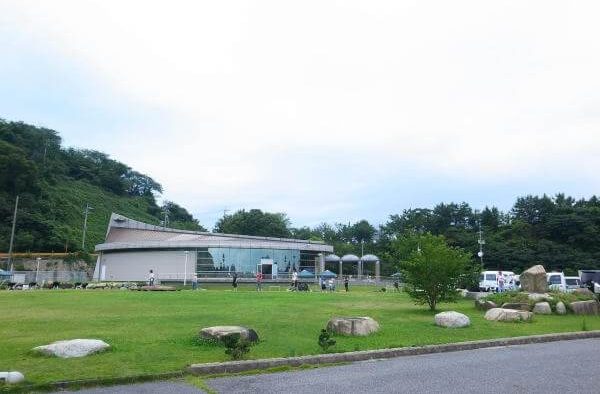
Mutsu Memorial Hall
The museum exhibits artifacts from the battleship Mutsu, which was salvaged during the war, as well as the remains and relics of fallen generals. The cause of the sinking of the battleship Mutsu is still considered a mystery, but spontaneous combustion is unlikely, and an artificial explosion is more likely. In addition to reproducing the officer's quarters and hammock of the battleship Mutsu, visitors can view valuable film footage of the time.
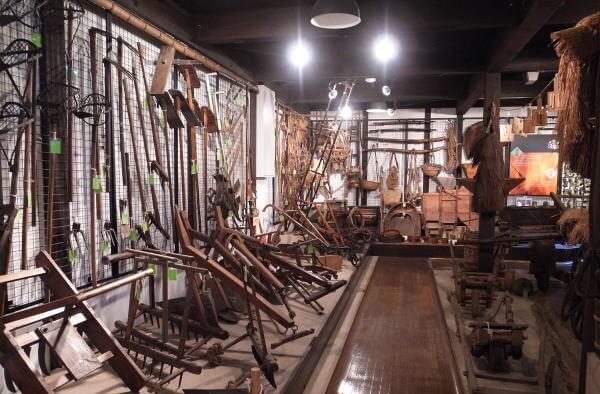
Kuga Hachiman Lifelong Learning Village
The Kuga Hachiman Lifelong Learning Village was established to improve the welfare of residents and revitalize the local community through activities to preserve and pass on the historical cultural heritage of the Kuga area of Suo Oshima Town, and through learning to deepen the meaning of life and interaction with the local people. The museum has about 15,000 pieces of the wonderful ideas and wisdom of the people of the late modern period. Visitors can try their hand at making ceramics at the pottery pavilion.
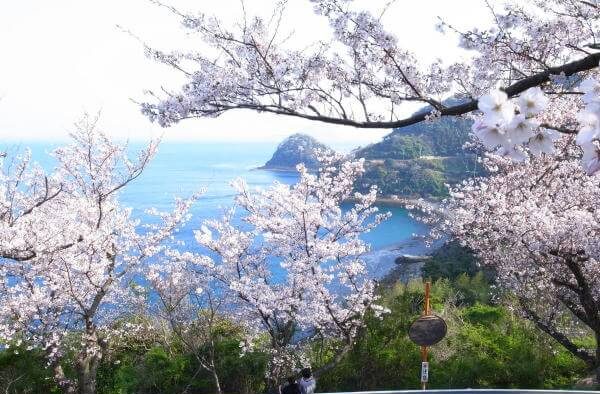
Gojo's Senbonzakura (Thousand Cherry Trees)
This is the most famous cherry blossom viewing spot in Suo-Oshima Town, where cherry trees line the coast along Prefectural Route 60 for a total of 5 km from Katazoegahama to Okijamuro. During the cherry blossom season, the coastline is tinged with pink and the blue ocean provides a spectacular backdrop. When the cherry trees are in full bloom, the area is crowded with visitors, who are greeted by a beautiful arcade of 1,000 cherry trees in full bloom.
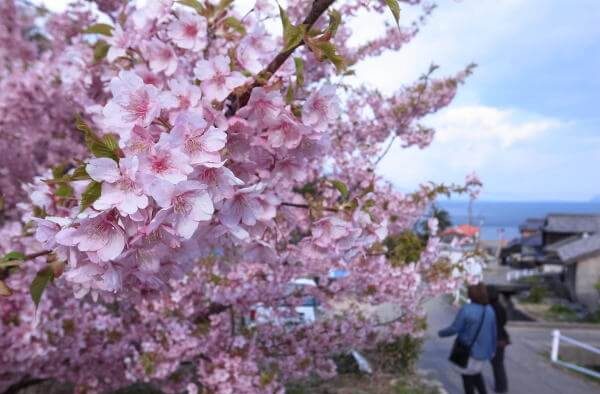
Kawazu Cherry Blossoms in Ozumi
As you leisurely walk along the narrow coastal road with a view of the Seto Inland Sea and come to the Kozumi district, you will be greeted by beautiful cherry blossoms. The Kawazu cherry blossoms in Kozumi, which herald the arrival of spring to Suo-Oshima, are at their best from late February and, along with the Senbon cherry blossoms in Gojo, are one of the most famous cherry blossom viewing spots in Suo-Oshima. The dark pink Kawazu-zakura blooming along the road swaying in the sea breeze are breathtakingly beautiful.
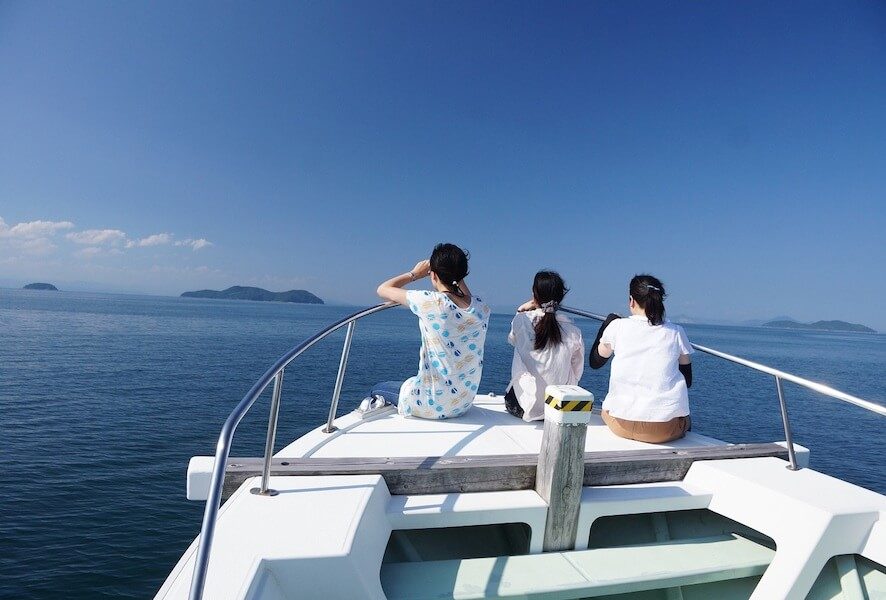
Kuga Port Setouchi Cruise
The Seto Inland Sea off Suo-Oshima Island is known as a habitat of sanderlings, and during the 50-minute cruise from Kuga Port to Maejima and back, if your timing is good, you may see them. The captain of the boat will assist you in your search for the reef sharks, and you can enjoy the pleasant sea breeze as you watch for the reef sharks unique to Suo-Oshima, located in the Seto Inland Sea.
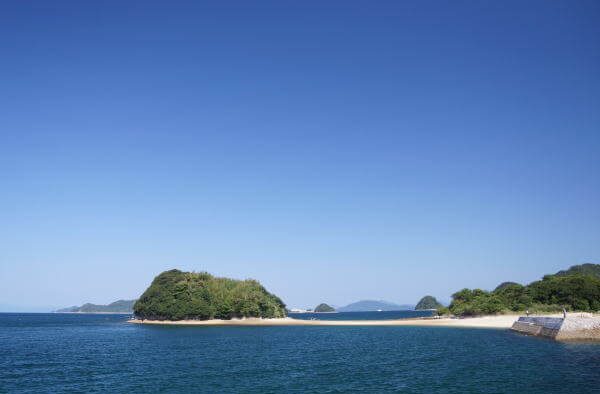
Shingu Island
Shingu Island is an uninhabited islet about 100m away from Suo Oshima, but it is possible to cross over to Shingu Island by way of the Uminonakamichi Road, which appears only three hours before and after low tide. The sight of the sandy beach connected to the ground as the tide recedes is quite a mysterious sight. Mamiya Island is also popular as a power spot for romance.
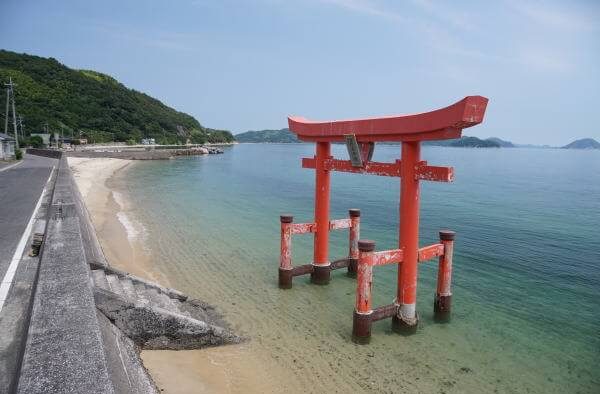
Itsukushima Shrine (Suo Oshima)
Itsukushima Shrine in Suo Oshima is located in the western part of Suo-Oshima-cho, Oshima-gun, Yamaguchi Prefecture. There are approximately 500 branch shrines throughout Japan that are believed to be inspired by the Itsukushima Shrine on Miyajima Island in Hiroshima. One of them is Itsukushima Shrine on Suo Oshima. The torii gate standing on the sea offers a mysterious and spectacular view of the beautiful blue Seto Inland Sea and the red of the gate.
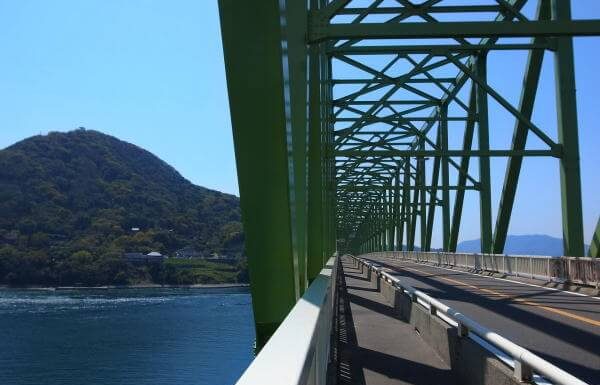
Oshima Bridge
The Oshima Bridge, opened to traffic on July 4, 1976, connects Suo-Oshima with Honshu Island. The bridge has a pedestrian walkway and can be crossed on foot or by bicycle. 1,020 meters long, you can listen to the sound of the waves and enjoy the beautiful Seto Inland Sea below and the sight of the whirling torrents. Enjoy a leisurely stroll while feeling the sea breeze.
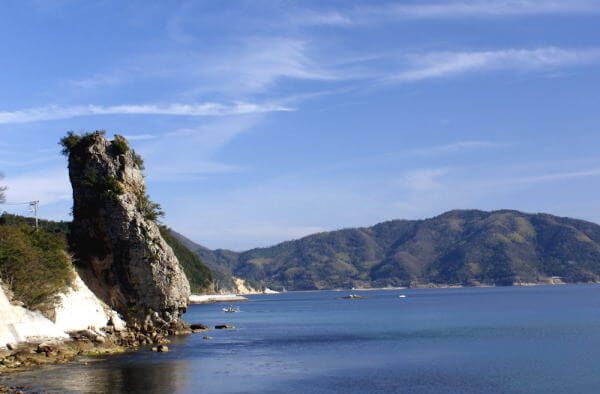
Tateiwa
Tateiwa is one of the four rocks on the Suo-Oshima "Happiness Prayer Rock Tour" power spot. It is also called "Otokoiwa" (male rock) because of its rugged rock surface and size. A hall on the side of the rock enshrines the Horse-headed Kannon, the Buddha of traffic safety, who protects the safety of people passing by.
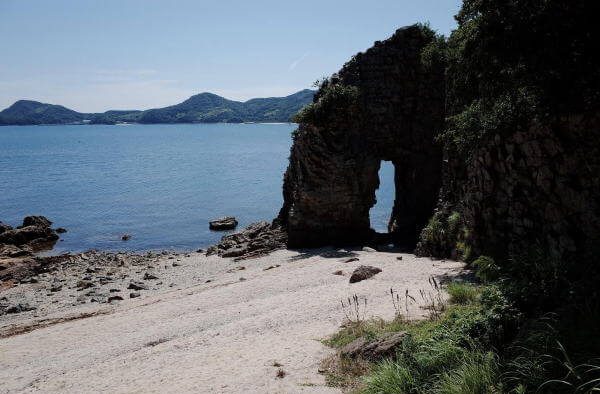
Iwamon Gate
Iwamon Gate is one of the four rocks in the "Happiness Prayer Rock Tour," a power spot on Suo Oshima. The erosion of seawater has hollowed out the rock, creating a hole in the rock, and the power of nature can be felt. Because of its shape, it is also called "Onna-iwa," which symbolizes a woman. On the mountain behind the rock gate is the Tatsuzaki Kannon Hall, dedicated to the eleven-faced Kannon (Goddess of Mercy), which is believed to be beneficial in preventing bad luck.
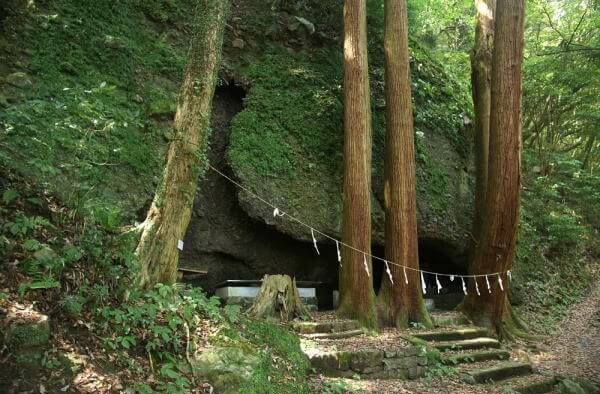
Iwaya Gongen
Iwaya Gongen is one of the four rocks in the "Happiness Prayer Rock Tour" power spot on Suo Oshima. At the entrance to the temple, there are four large cedars tied with sacred ropes, and Iwaya Gongen, a huge rock, stands behind them. In a gaping cave, the Iwaya Gongen is enshrined simultaneously with the Ku Kuuzo Bosatsu and Sanno Gongen, creating a mysterious atmosphere.
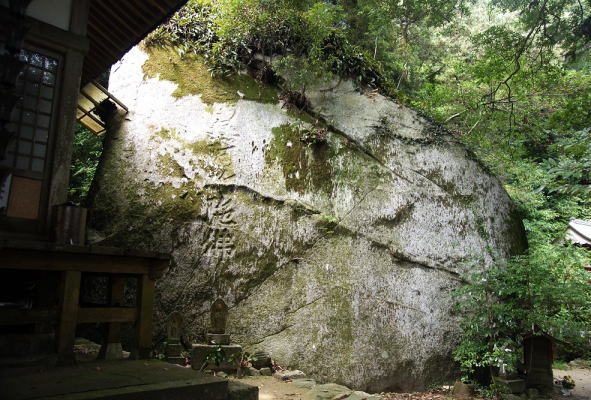
Obiseki Kannon
Obiseki Kannon is one of the four rocks in the "Happiness Prayer Rock Tour" power spot on Suo Oshima. The giant stone with the inscription "Namu Amidabutsu" (Amitabha) is located on the right side of a small hall dedicated to the Thousand-Armed Kannon, and is called "Obi-ishi" because of the stripes around the stone that look like a belt wrapped around it. It is famous for prayers for safe delivery, named after the Iwata obi of a pregnant woman, and is visited by many women.
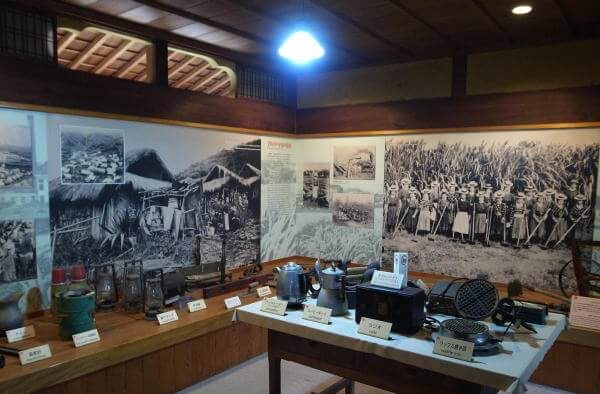
Japan Hawaii Emigration Museum
The Japan Hawaii Emigration Museum is a facility that introduces the history of Hawaii's official emigration. It is equipped with a history section, a section introducing the labor and life of the immigrants, a variety of contemporary art works by artists living in Hawaii and the Pacific region, and a theater room where visitors can watch videos from the time period. Come and learn about Hawaii in Suo Oshima, the "Hawaii of Japan.
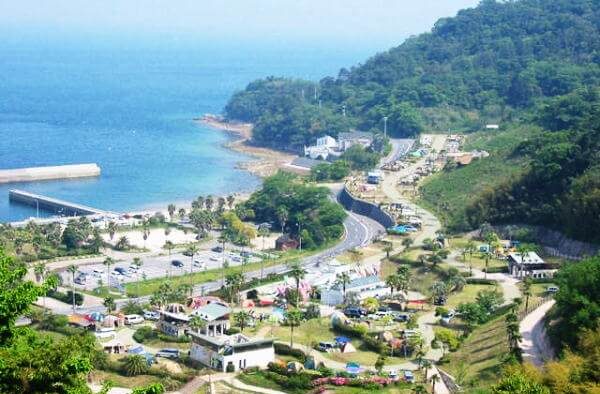
Katazoegahama Beach Auto Camp Ground
This auto campground is adjacent to Katazoegahama Beach. Visitors can enjoy camping in a tropical resort-like location with the ocean right in front of them. The campground is also equipped with a 47 site cooking building, showers, and toilets. Outdoor equipment such as barbecue sets and tents are available for rent, so beginners to camping can also feel at ease.
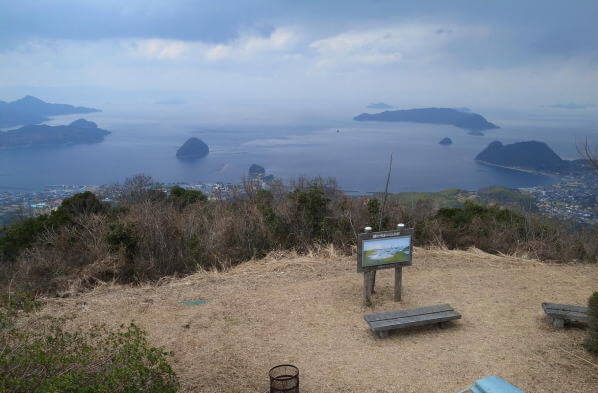
Shirokiyama Park
Shirokiyama Park is located on Mt. Shirokiyama and is a great place for hiking. The view from the top of the mountain is a wonderful vantage point from which you can see the marine blue of the Seto Inland Sea and small islands. There is also an observatory where visitors can see as far as Iwakuni and Hiroshima on a clear day. Cherry trees are planted around the park's plaza, and cherry blossoms can be enjoyed in the spring.
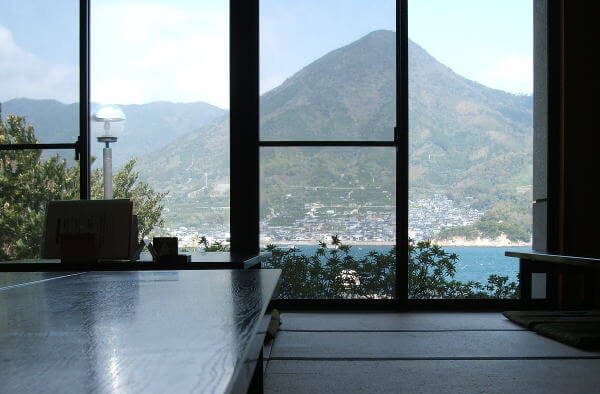
Onsen Ryuzaki Onsen Chidori
Shiratsuzaki Onsen Chidori has a large public bath and open-air bath where you can refresh yourself after a long day. The large baths and open-air baths offer a panoramic view of Anshakasho Bay and Mt. The hot spring baths in the hot spring baths boast some of the best spring water quality in the Chugoku region, and are effective in relieving fatigue and beautifying the skin.


